Search for...
Instructional Design Bookmarks
Published Bookmarks
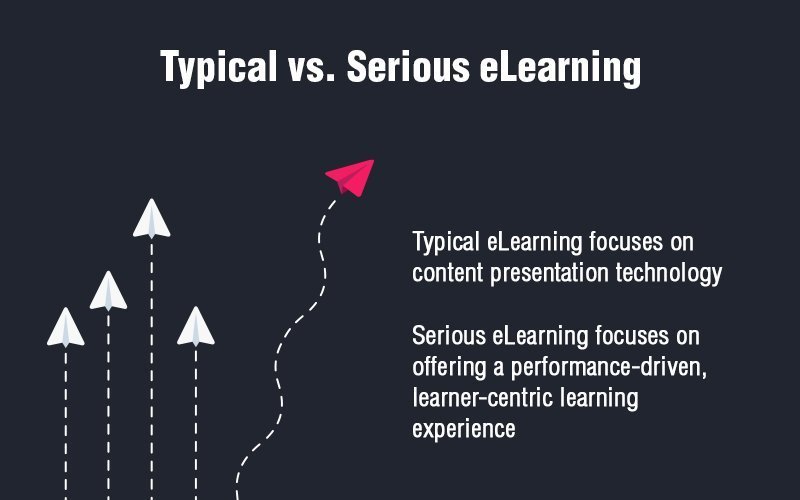 eLearning Approaches: Typical Or Serious, What’s Your Pick?
eLearning Approaches: Typical Or Serious, What’s Your Pick?
What is serious eLearning and how is it different from typical eLearning? Let’s learn about each of the approaches in detail.
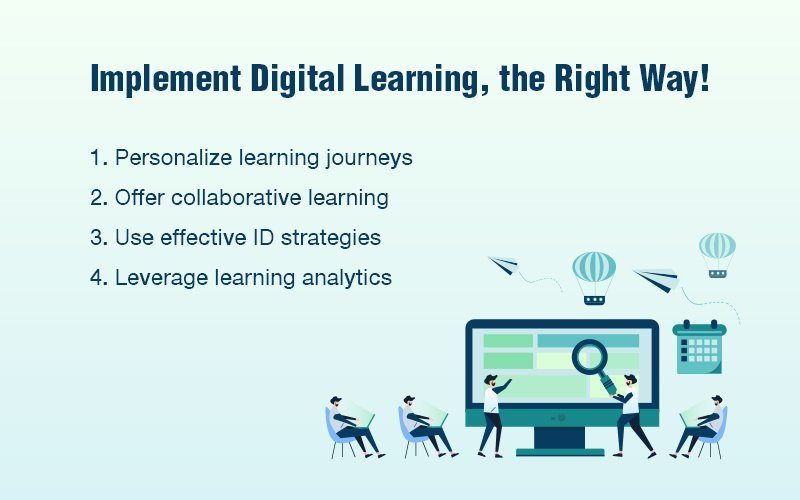 Digital Learning Implementation: 4 Tips For Success
Digital Learning Implementation: 4 Tips For Success
Delivering text-heavy digital learning courses to learners is a futile endeavor. Here are 4 design imperatives to develop impactful digital learning.
 5 Ways To Put The Story First In Your eLearning
5 Ways To Put The Story First In Your eLearning
In this storytelling webinar, we talked about why stories matter, how they can help increase retention, and how to tell a good story.
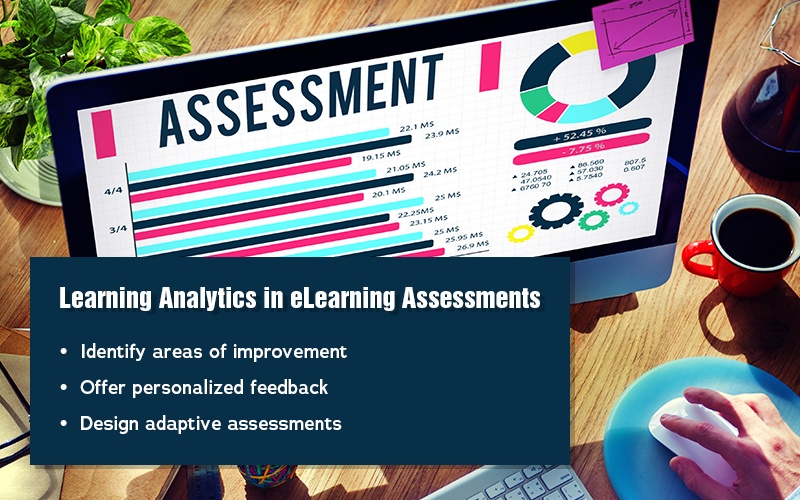 Learning Analytics And Its Effective Role In eLearning Assessments
Learning Analytics And Its Effective Role In eLearning Assessments
Implementing learning analytics in eLearning offers many benefits. Learn about the role of learning analytics in eLearning assessments.
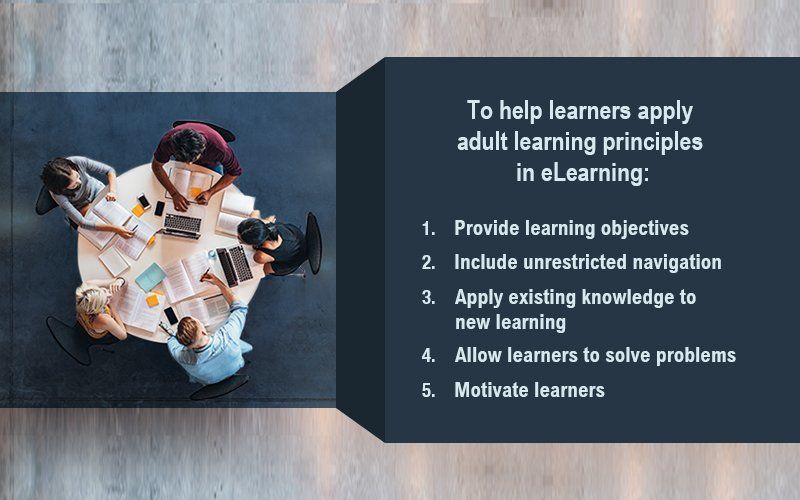 Adult Learning Principles And eLearning: A Powerful Combination
Adult Learning Principles And eLearning: A Powerful Combination
There are 5 adult learning principles that if applied, make learning more powerful. Learn how to apply these adult learning principles in eLearning.


May 13, 2020
by
Aadit Vora
Online courses have taken the education industry by storm. They provide an opportunity to pursue engaging courses that are customized to one's aptitude. Here are the best practices for effective online course development.


May 12, 2020
by
Aadit Vora
Gradually but progressively, eLearning is becoming the new standard of training. It can help you create valuable content with less effort and more accuracy. Here's more about eLearning training content development for better training.
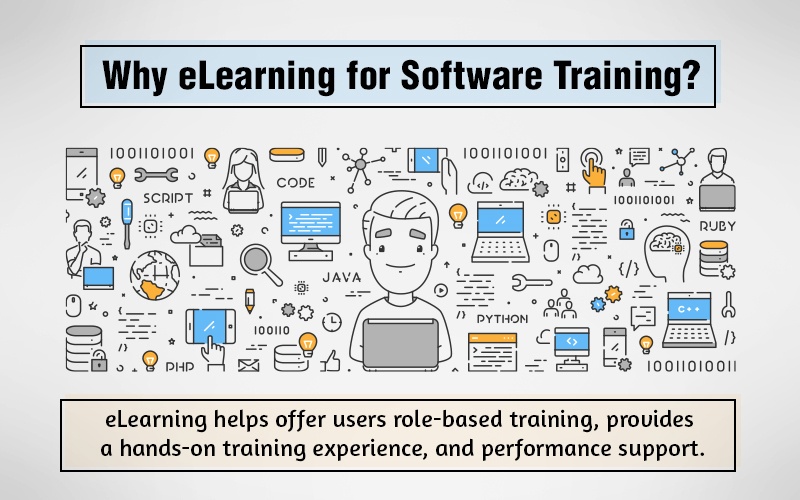 Software Training: The Importance And Role Of eLearning
Software Training: The Importance And Role Of eLearning
Are you planning on designing eLearning for software training? Find out some smart tricks on how eLearning can jumpstart your software training.
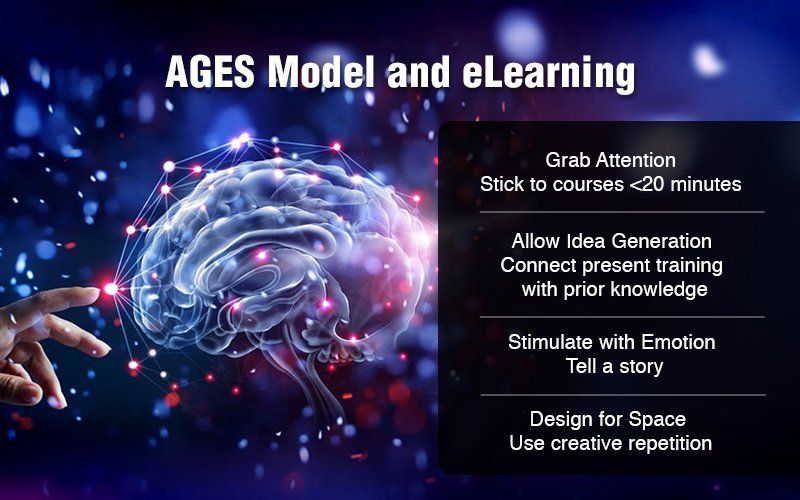 eLearning For Knowledge Retention: Where Does the AGES Model Fit?
eLearning For Knowledge Retention: Where Does the AGES Model Fit?
Build eLearning courses on the AGES model. Grab attention, help generate connections, associate knowledge with emotions, and offer spacing in eLearning.
 Tips For Creating A Virtual Presentation
Tips For Creating A Virtual Presentation
A presentation is more meaningful when there are words to provide context. However, large blocks of text are hard to read and distracting for your audience. Cue in the bullet points!
Upcoming Instructional Design
Bookmarks All
Bookmarks All
Submit Bookmark



